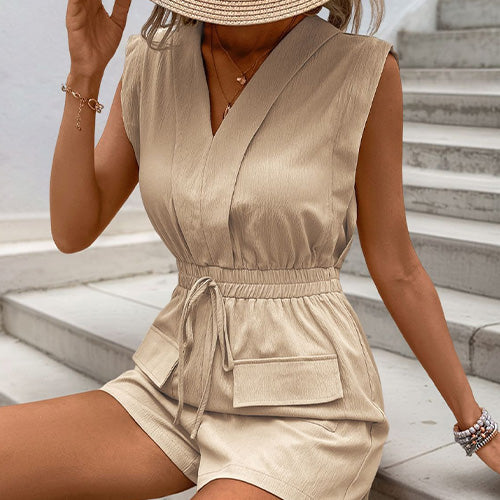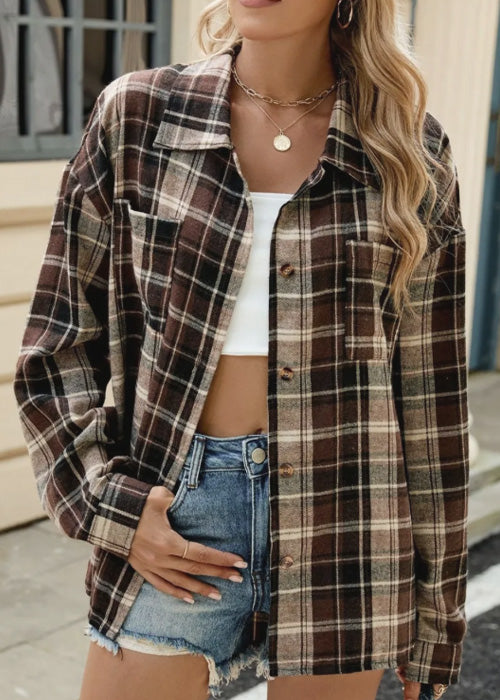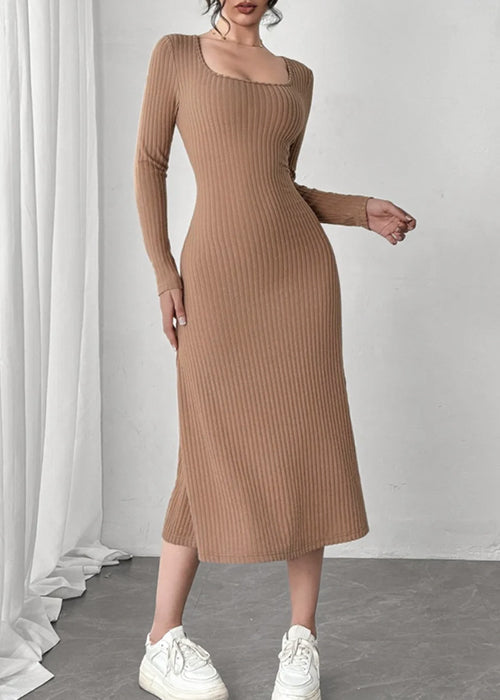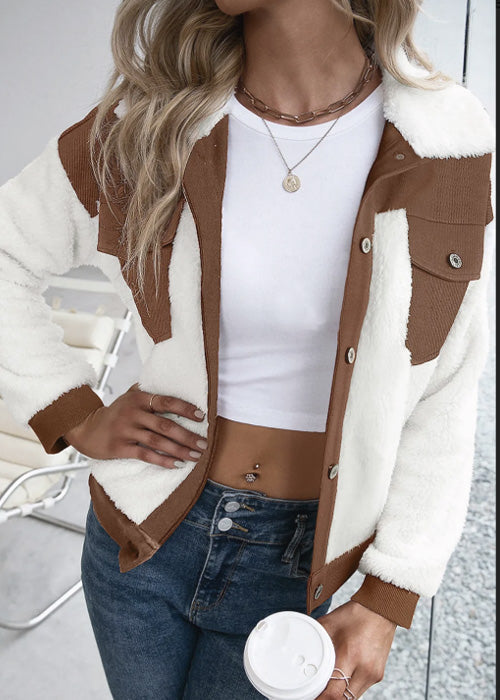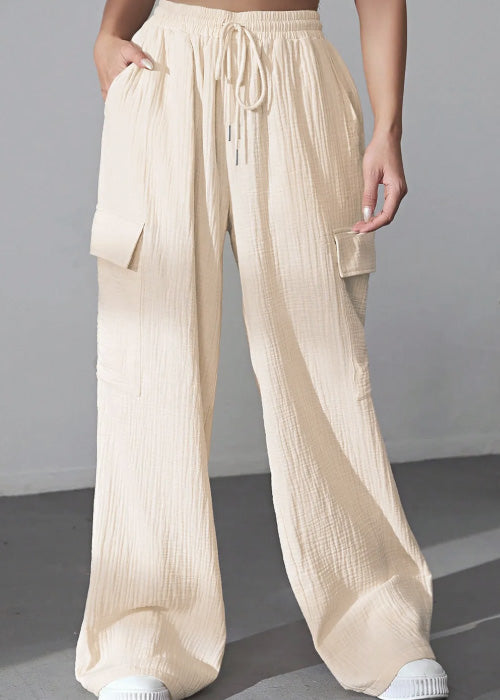Elastane, also known as spandex or Lycra, has transformed the way we design and wear clothing. With its exceptional stretch and recovery properties, elastane is an essential fabric for modern women’s fashion. Whether used in form-fitting dresses, activewear, or lingerie, elastane provides unparalleled comfort and flexibility. In this article, we’ll dive into the history, production, properties, and uses of elastane, while also discussing its advantages, disadvantages, and care tips. Plus, we’ll uncover some fascinating facts about this game-changing fabric.
The Origins of Elastane
Elastane was first developed in 1958 by chemist Joseph Shivers at DuPont Laboratories. The invention aimed to create a fiber that could stretch significantly while maintaining its original shape. By the 1960s, elastane was introduced to the market under the brand name Lycra, revolutionizing the textile industry.
The fashion world quickly embraced elastane for its ability to provide comfort without compromising on style. From revolutionizing women’s swimwear to enhancing the fit of everyday clothing, elastane became synonymous with versatility and innovation.
How Elastane is Made
Elastane is a synthetic polymer made primarily from polyurethane. The production process includes:
- Polymerization: Chemicals are combined to create a long-chain polyurethane polymer.
- Extrusion: The liquid polymer is extruded into fine filaments.
- Curing: The filaments are treated with heat to enhance their elasticity.
- Spinning and Weaving: These filaments are blended with other fibers like cotton, polyester, or nylon to create stretch fabrics.
Elastane fibers can stretch up to five times their original length and return to their initial state, making them ideal for creating garments that move with the body.
Elastane in Women’s Fashion
Elastane is a staple in women’s wardrobes, offering unparalleled comfort and fit. It is commonly found in leggings, yoga pants, swimwear, bras, and skinny jeans. Its ability to provide a snug fit makes it perfect for shaping garments and activewear.
In our store, elastane-blended clothing combines style with functionality, ensuring you look and feel great whether you’re hitting the gym or heading to a casual outing.
Properties of Elastane Fabric
Elastane’s unique characteristics have made it indispensable in the fashion industry:
- Exceptional Stretch: Elastane can stretch several times its original size without losing shape.
- Lightweight: Despite its strength, elastane is incredibly light and doesn’t add bulk to garments.
- Durability: It resists wear and tear, ensuring longevity.
- Moisture Resistance: Elastane dries quickly and doesn’t absorb much moisture, making it ideal for activewear.
- Softness: Blended with other fibers, elastane enhances the softness of fabrics.
Caring for Elastane Garments
To keep your elastane clothing in top shape:
- Washing: Use cold or lukewarm water on a gentle cycle. Avoid harsh detergents or fabric softeners.
- Drying: Air-dry whenever possible to prevent heat damage. If using a dryer, choose a low heat setting.
- Ironing: Elastane fabrics rarely need ironing, but if necessary, use a low-temperature setting.
- Storage: Store away from direct sunlight, as UV rays can weaken elastane fibers.
Proper care ensures that your elastane garments maintain their elasticity and comfort over time.
Advantages and Disadvantages of Elastane
Advantages:
Elastane’s flexibility and lightweight nature make it a favorite for creating comfortable, form-fitting garments. It’s durable, wrinkle-resistant, and perfect for active lifestyles.
Disadvantages:
Elastane is sensitive to high heat and UV exposure, which can degrade the fibers. Additionally, as a synthetic fabric, its production and disposal raise environmental concerns.
Why Elastane Belongs in Your Closet
Elastane is a versatile fabric that elevates the comfort and functionality of clothing. Whether you’re wearing it in chic bodycon dresses, practical sportswear, or everyday basics, elastane ensures a flawless fit and exceptional mobility.
Explore our collection of elastane-blended apparel, designed to offer the perfect balance of style, comfort, and performance for modern women.
Interesting Facts About Elastane Fabric
- Elastane can stretch up to five times its original length without breaking.
- Its name “spandex” is an anagram of “expands.”
- DuPont patented elastane under the brand name Lycra, which remains a popular trademark today.
- Elastane is used in medical garments, such as compression wear and braces.
- Swimsuits made with elastane dry faster and resist chlorine better than traditional fabrics.
- Elastane blends can improve the fit of clothing, enhancing both comfort and style.
Sustainability and Elastane
Elastane’s production relies on petroleum-based products, raising sustainability concerns. However, innovations like recycled elastane are paving the way for a greener future. By choosing elastane garments made from sustainable blends, consumers can enjoy its benefits while supporting eco-friendly practices.
Elastane has become an essential fabric in women’s fashion, offering unmatched stretch, durability, and comfort. From enhancing activewear to shaping elegant dresses, elastane adapts to the needs of modern lifestyles with ease.
